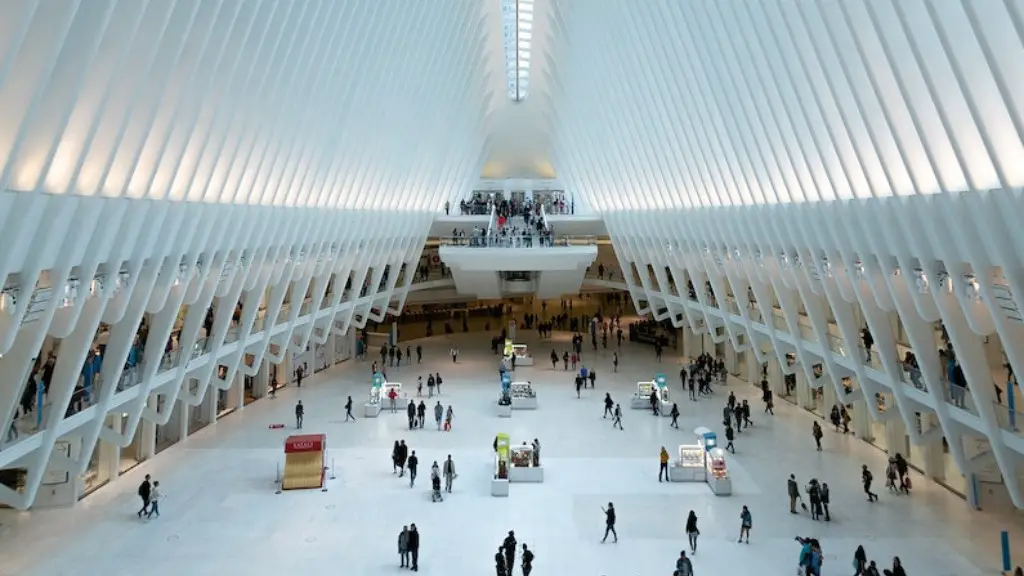Landscape architecture is increasingly becoming a popular career choice, with many people looking to pursue it on account of the creativity and environmentalism required in the job. From designing parks and gardens, to planning features in new developments, to performing impact assessments of planned construction – becoming a landscape architect requires a mix of design, creativity and technical skills.
For anyone considering landscape architecture, there are lots of positives to think about. It is a good option for those wishing to take more responsibility for the environment, as the job involves making key decisions about how best to use natural flora and fauna for planning and design projects. And there are always opportunities for creativity – whether creating a redesign of an existing park, or making plans for a new development from scratch.
For those who already possess an eye for design, and perhaps a degree in architecture, urban planning or geography – a career in landscape architecture can be a great fit. But, it is not just about the design though – having a good knowledge about the natural environment is also important, and a key part of the job involves understanding how to incorporate the natural world into landscaping projects.
In addition to having a good eye for design and knowledge of the natural environment, a landscape architect also needs good technical knowledge, including computer-aided design (CAD). It also requires strong problem solving skills and an ability to think critically and develop creative solutions.
As with most professions, the rewards of being a landscape architect can be high if you do the job well. It can provide a good salary, career progression and job security. As cities become more eco-friendly, there are more projects that require landscape architects – from green roofs to park designs.
Landscape architecture can also be a great way to get involved with local communities and make a real difference to people lives, as most projects involve some kind of direct impact on people and their environment. It can also be a very rewarding job – not just financially, but also knowing that you have played a part in creating something beautiful and useful.
Those considering a career in landscape architecture need to remember that while it can be a rewarding job, it is often also a challenging one. Coming up with creative designs, understanding the technical requirements of a project, and dealing with obstacles and conflicts along the way all require a variety of different skills, which need to be developed over time.
Training and Education
A career in landscape architecture usually requires a degree in a related field, such as landscape design, urban planning, or architecture. Most universities also offer certificate or diploma programs for those wishing to pursue a career in landscape architecture.
In addition to a formal qualification, on-the-job experience is also important to progress in the field. Gaining experience in the industry can help develop practical skills and open doors to future job opportunities. Internships and volunteering opportunities with community organizations and local government can provide valuable insight and experience of the landscape architecture field.
Having an understanding of the environmental impact of landscape architecture is also important, as many modern projects require an understanding of sustainability and the effects of climate change. Some professionals even specialize in particular aspects of landscape architecture, such as environmental design or historic preservation.
Future Prospects
The demand for landscape architects is expected to grow in the coming years, as increased urban development and climate change projects increase the need for professionals with knowledge of the environment. In addition to this, the growing interest in sustainable design and green technologies is sure to open up many more job opportunities for those with the right skills.
At the same time, there are also various challenges facing the profession in the near future. As more people become aware of the importance of the environment and take an interest in greening our cities, the demand for landscape architects who are knowledgeable about sustainability and competition from other professionals could lead to an increased workload.
Overall, if you have the right skills, knowledge and qualifications, then a career in landscape architecture can be rewarding and offer you the chance to make a real difference in your community, while also pursuing creative projects and developing your skills.
Technology & Automation
In recent years, the landscape architecture sector has been transformed by the use of technology and automation. Companies are beginning to use Artificial Intelligence (AI) to speed up the design process and make predictions and recommendations. Automation is also enabling architects to complete projects faster, while software like 3D modelling is helping to create more detailed, vivid images.
The use of technology is also having an impact on the actual design process. Software-assisted design is making it easier for landscape architects to map out their plans, experiment with different ideas, and ultimately create successful outcomes. Technology is also helping to bridge the gap between the physical and the digital, enabling architects to utilise digital tools to create physical landscapes.
As technology advances, it is likely that the use of automation and 3D modelling will become more commonplace, enabling landscape architects to take on larger jobs in less time. This could open up many more job opportunities for qualified professionals.
As technology advances, it is also making the landscape architecture sector more accessible. Many landscape architecture software tools are available for free or at a low cost, allowing students and entry-level professionals to experiment and develop their skills. This could mean that more people are encouraged to pursue a career in the field.
Impact on Environment and Society
There are numerous benefits to landscape architecture, both on an environmental and societal scale. Designing outdoor areas with an eye to sustainability can help to protect the environment, by preserving green spaces, reducing energy use and conserving natural resources.
In addition to this, it is also possible for landscape architects to help their communities. For example, green spaces can help reduce the urban heat island effect, or improve air quality. In addition, well-designed green spaces can also create safer and more attractive urban areas, which can have a positive impact on the quality of life of local residents.
In terms of the economy, the construction of parks and green spaces can also improve property values and create jobs. This can have a positive knock-on effect, as more people are drawn to areas with attractive parks, and this can lead to investment in businesses and services.
Overall, landscape architecture can provide a positive impact on both environment and society. It has the potential to create green spaces that are sustainable, beneficial and attractive, while also ensuring economic growth and job opportunities.
Conclusion
For anyone looking for a fulfilling career, landscape architecture could be a great choice. It is a profession that combines creativity and technical knowledge to create outdoor spaces that are sustainable, attractive and beneficial. It also offers opportunities for career progression, job security and financial rewards.
Of course, with any profession there are potential challenges too, and those looking to pursue a career in landscape architecture will need to have competence in design, as well as knowledge of the natural environment and sustainable building techniques. Having the right training and experience will also be key to progressing in the field.
But, when done right, landscape architecture can be a rewarding and fulfilling profession, with the potential to make a real difference to the environment and society. And, with the current trend towards green design and environmentally friendly practices – it could be a great time to consider a career as a landscape architect.





